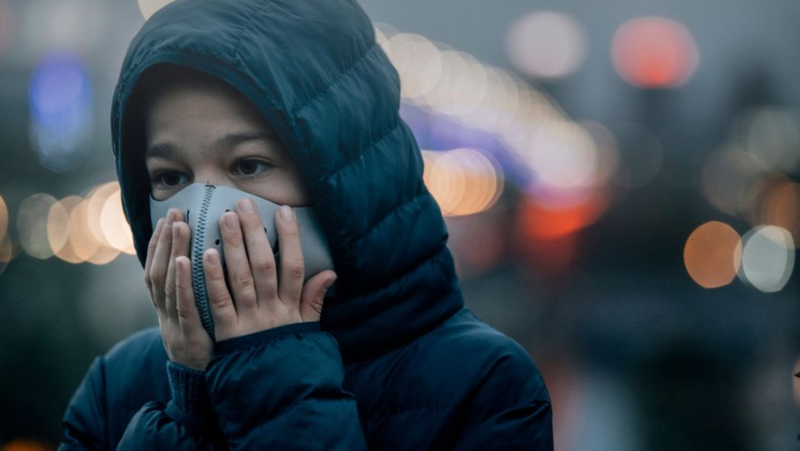Air pollution: why children from low-income families are more affected than others according to this study

Pollution de l’air : les enfants des familles modestes plus affectés
Une étude de la Direction de la Recherche, des Études, de l'Évaluation et des Statistiques (DREES) vient de montrer que les enfants vivant dans les foyers les plus modestes sont les plus exposés aux effets de la pollution de l’air.
Children are particularly affected by air pollution. A DREES study looked into this phenomenon and the young people most affected. Thus, it is young children living in the wealthiest and poorest households who are most exposed to air pollution due to fine particles. How to explain this large gap ? "On the one hand, air pollution is concentrated in cities, where the wealthiest live more often", answers the DREES. "On the other hand, the less well off live more often, within the areas of attraction of cities (suburbs… editor's note)", which are particularly polluted.
But it is the most modest who pay the heaviest price. Those born at term require on average more care in the maternity ward. Furthermore, 1.9% of them are admitted to hospital urgently for asthma before their third birthday, compared to 1.2% of the wealthiest. Concerning emergency hospitalizations for bronchiolitis before the second birthday, the differences are even more marked, with a doubled risk for the most modest, warns the report.
Inequality of access to care
At the same time, the use and dispensation of asthma medication in community pharmacies is much lower among the poorest households.
Each year in France, around 28,000 children are hospitalized for bronchiolitis before they are two years old and 11,000 for asthma before they are three years old. "If we could reduce the average annual exposure to the main atmospheric pollutants by approximately 1% over the first year of life… 2,000 hospitalizations for bronchiolitis, 1,800 for asthma and 6,100 cases of treatment for children with anti-asthma medications would be avoided, say the authors.




